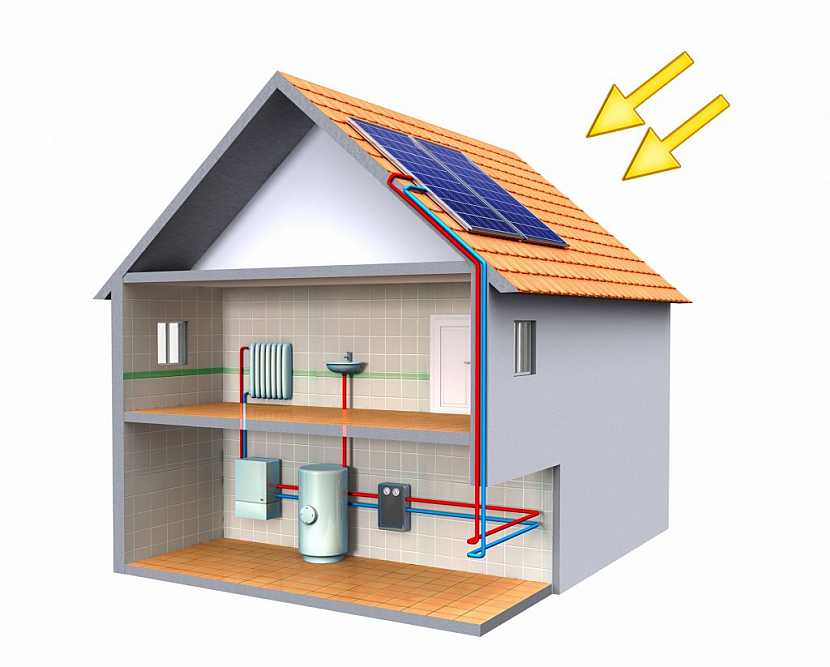Photovoltaic water heating
Did you know that heating water accounts for up to 40% of the typical household electric bill? Many homes switch from electric to gas water heaters in an effort to save money, and they also make an effort to use less water.
Solar energy is the most efficient approach to reduce utility expenditures. One of the numerous ways solar energy is making an impact on our energy supply is through solar hot water systems, commonly referred to as solar water heaters or solar home hot water systems. A solar hot water system gives your home a dependable source of hot water and is affordable and simple to install.
From a technical point of view, photovoltaic water heating is a relatively simple system that is not connected to the grid. Solar panels are placed on the roof of your house to generate electricity. Two cables and a controller feed the electricity from the solar panels directly to the heating element in your boiler (hot water tank).
Using what is called an MPPT controller, the controller ensures that the solar panels use their energy as efficiently as possible. It can also incorporate other control functions that can help reduce the amount of electricity consumed from the grid.
The main advantages of solar water heating
Using photovoltaic panels to heat water does not require any licences. The energy produced is not fed into the grid but goes exclusively from the panels to the hot water storage tank where it is converted into heat. As the energy is conducted through two small cables in a protective box, the installation of a photovoltaic water heating system causes the least possible disruption to the building. The cables can be more easily concealed in existing risers and risers.
This will be especially appreciated by customers who have already built or renovated their house and are only now considering the purchase of solar panels. Compared to traditional water heating with thermal solar panels, where huge pipe penetrations with insulation are needed, the ease of installation is a significant advantage.
Even with overcast skies, it never overheats and still generates.
Another significant advantage of PV panels over thermal panels is that they can never overheat. Typical photothermal panels need to be constantly “cooled” by a circuit of antifreeze that boils off when the panels get too hot. The antifreeze will deteriorate due to the high temperature on the collectors, which can reach over 200 °C. It is then necessary to add additional refrigerant to the circuit or replace the entire circuit.
In contrast, when the water in the boiler reaches the desired temperature, the photovoltaic water heating is only switched off by a thermostat.
When the panels stop producing electricity, nothing can overheat. Many customers no longer have to worry about what would happen to their solar system if they went on summer vacation.
Photovoltaic panels do not require direct sunlight like thermal panels. Photovoltaics may work less when it is cloudy, but they will still produce some energy at all times. Thermal collectors are ineffective when it is cloudy or raining. Because photovoltaic heating does not involve antifreeze, which must be completely replaced at least every five years, it also requires less maintenance.




